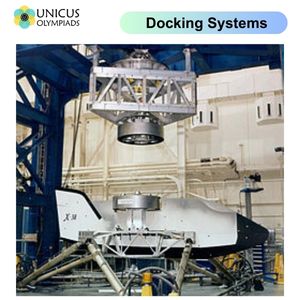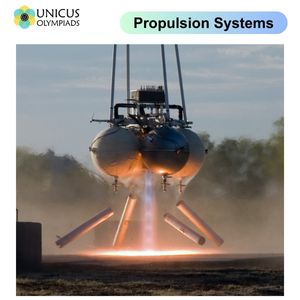

Space exploration is one of humanity’s most significant technological achievements. To make missions to distant planets, moons, and even asteroids possible, a variety of cutting-edge technologies are used. These technologies ensure spacecraft can safely navigate, dock, communicate, and even make decisions autonomously. Some of the key technologies include advanced docking systems, artificial intelligence (AI) navigation, propulsion systems, communication technologies, and autonomous robots.

